Home>Garden Essentials>Which London Skyscrapers Have Green Space
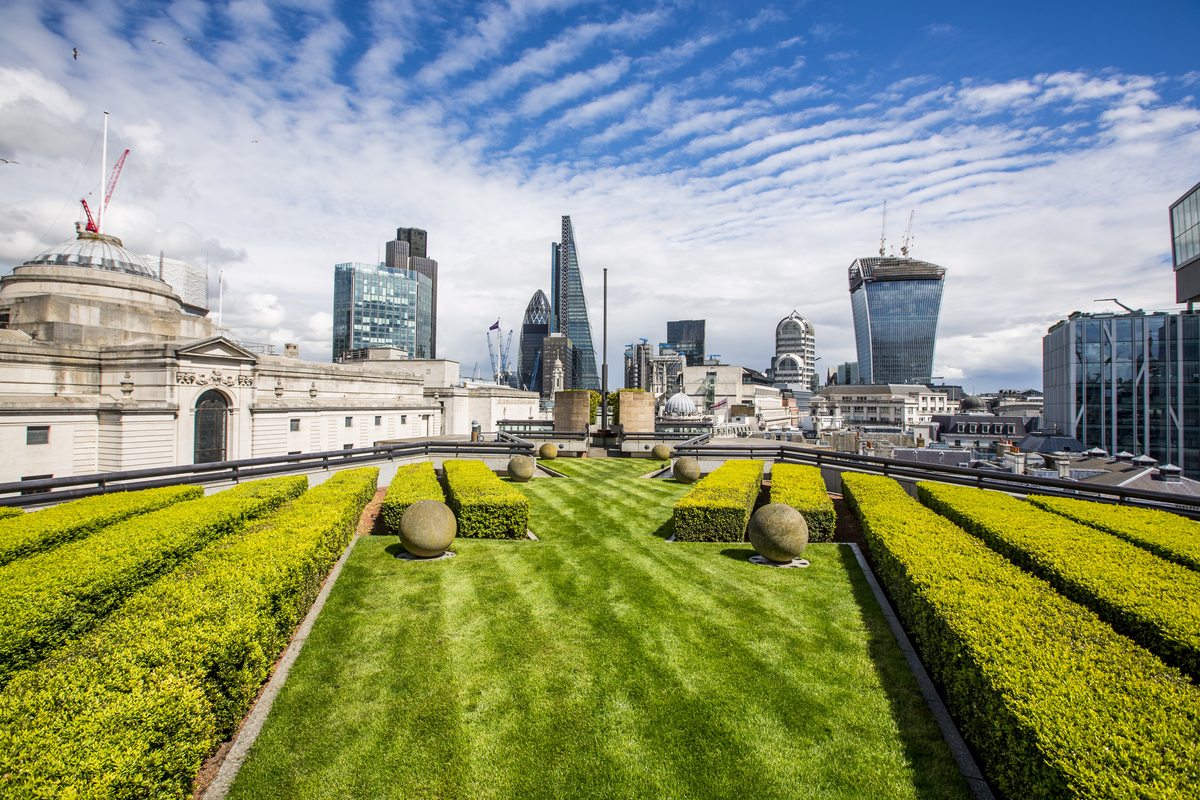

Garden Essentials
Which London Skyscrapers Have Green Space
Modified: November 1, 2024
Discover London's greenest skyscrapers with lush gardens and stunning views. Explore the city's architectural wonders while enjoying a serene oasis high above the bustling streets.
(Many of the links in this article redirect to a specific reviewed product. Your purchase of these products through affiliate links helps to generate commission for Storables.com, at no extra cost. Learn more)
Introduction
Welcome to the thriving metropolis of London, where towering skyscrapers dominate the cityscape. While skyscrapers are often associated with concrete and steel, these architectural marvels are also embracing the importance of incorporating green spaces into their designs. Green spaces in skyscrapers provide numerous benefits, from improving air quality to creating a more pleasant and sustainable urban environment.
In recent years, London has been at the forefront of this green revolution, with several skyscrapers integrating lush greenery into their structures. These innovative designs not only enhance the aesthetics of the buildings but also contribute to the well-being of inhabitants and the surrounding ecosystem.
In this article, we will explore some of the iconic London skyscrapers that have successfully incorporated green spaces into their designs. From the glistening glass walls of The Shard to the futuristic curves of Salesforce Tower, join us on a journey to discover how these architectural wonders are redefining the concept of urban greenery.
Key Takeaways:
- London skyscrapers like The Shard and Salesforce Tower are integrating green spaces, improving air quality, enhancing well-being, and promoting sustainability in the bustling urban environment.
- The innovative designs of skyscrapers in London, such as 20 Fenchurch Street and One Blackfriars, showcase the harmonious blend of nature and modern architecture, offering tranquil retreats and promoting a closer connection to nature in the heart of the city.
Read more: How Much Green Space Is In London
The Importance of Green Spaces in Skyscrapers
Green spaces play a crucial role in skyscrapers, providing a myriad of benefits to both the occupants and the environment. Let’s dive into why incorporating green spaces into these towering structures is so important.
1. Improved Air Quality: As cities become more densely populated, air pollution becomes a pressing concern. Green spaces in skyscrapers help combat this issue by acting as natural air filters. The plants and trees within these spaces absorb pollutants, such as carbon dioxide, and release oxygen, thus improving air quality and creating a healthier environment for everyone inside and around the building.
2. Enhanced Well-being: Being surrounded by nature has been proven to have a positive impact on mental health and well-being. Green spaces in skyscrapers provide a much-needed connection to the natural world in an urban setting. These areas offer a retreat from the hustle and bustle of city life, providing a calming and rejuvenating environment for residents, employees, and visitors.
3. Increased Biodiversity: Urbanization often leads to the loss of natural habitats for plants and animals. By incorporating green spaces into skyscrapers, these structures can serve as mini-ecosystems, promoting biodiversity within the city. The vegetation attracts insects, birds, and other wildlife, creating a balanced and thriving ecosystem within the urban environment.
4. Energy Efficiency: Green spaces in skyscrapers contribute to energy efficiency by providing natural insulation. The plants and trees act as a shield against extreme temperatures, reducing the need for excessive heating or cooling systems. This not only minimizes energy consumption but also lowers the carbon footprint of the building, contributing to a more sustainable and eco-friendly design.
5. Noise Reduction: Cities are often filled with noise pollution, which can be detrimental to human health. Green spaces in skyscrapers act as sound-absorbing buffers, reducing the impact of noise from traffic, construction, and other urban activities. This creates a quieter and more peaceful environment, enhancing the quality of life for those living and working in the building.
By incorporating green spaces into skyscrapers, architects and developers are not only creating visually stunning structures but are also addressing critical environmental and health concerns. The integration of nature within these towering buildings is a testament to the growing importance of sustainability and the recognition that green spaces are essential for creating a vibrant and livable city.
Skyscrapers in London with Green Space
London is home to several skyscrapers that have embraced the concept of integrating green spaces into their designs. These architectural marvels showcase innovative approaches to urban greenery, revolutionizing the city’s skyline. Let’s explore some of the notable skyscrapers in London that have successfully incorporated green spaces:
-
The Shard
Standing at an impressive 310 meters, The Shard is one of London’s most iconic landmarks. This towering glass structure is not only renowned for its breathtaking views but also for its unique green spaces. The Shard boasts an exquisite rooftop garden on the 72nd floor, offering visitors a chance to immerse themselves in a verdant oasis high above the city streets. The garden showcases a diverse range of plant species, creating a serene and tranquil atmosphere amidst the urban chaos.
-
20 Fenchurch Street (“Walkie Talkie”)
The distinct curved design of 20 Fenchurch Street, affectionately known as the “Walkie Talkie,” is complemented by an extraordinary sky garden. Located on the 35th floor, the Sky Garden is a magnificent public space that encompasses three levels of lush greenery, including landscaped gardens, observation decks, and an open-air terrace. Visitors can enjoy panoramic views of the city while being surrounded by an array of plants, trees, and vibrant blooms, creating a truly enchanting experience.
-
Read more: Which Juicer Is Best For Leafy Greens
One Blackfriars
One Blackfriars is a striking residential tower that stands tall on London’s South Bank. Not only does it offer luxurious living spaces, but it also incorporates green spaces throughout its design. The highlight of One Blackfriars is its landscaped podium gardens that provide residents with a tranquil retreat from the bustling city below. These beautifully designed communal areas feature manicured lawns, fragrant flower beds, and seating areas that invite residents to unwind and connect with nature.
-
Salesforce Tower
Salesforce Tower, located in the heart of London’s financial district, is not only a symbol of architectural excellence but also a pioneer in sustainable design. The building features an impressive vertical garden that stretches over several floors, covering the exterior with lush vegetation. This innovative green feature not only enhances the building’s aesthetics but also promotes biodiversity and contributes to improved air quality in the surrounding area.
-
40 Leadenhall Street (“Gotham City”)
This unique skyscraper, often referred to as “Gotham City” due to its distinctive design, incorporates green space in a truly innovative way. The building features multiple terraces with verdant gardens that wrap around the structure at various heights. These stunning green spaces provide an oasis for workers and visitors, offering a tranquil escape amidst the bustling cityscape. The terraces also contribute to the building’s energy efficiency, acting as natural insulation and reducing the need for excess heating or cooling.
These are just a few examples of the remarkable skyscrapers in London that have successfully integrated green spaces into their designs. These architectural wonders not only redefine the city’s skyline but also demonstrate the importance of sustainability and nature in urban development. By incorporating green spaces into these towering structures, London continues to evolve as a green city, creating a harmonious blend of nature and architecture.
The Shard
The Shard is undoubtedly one of London’s most iconic skyscrapers and a true marvel of modern architecture. Standing at a staggering height of 310 meters, it dominates the city skyline and offers panoramic views of the capital. However, what sets The Shard apart is not just its breathtaking height, but also its integration of green space.
The Shard’s commitment to incorporating nature into its design becomes evident as you ascend to the 72nd floor. Here, visitors are greeted by a remarkable rooftop garden, aptly named “The View from The Shard Garden.” This lush green oasis provides a serene escape from the bustling city streets below, offering a unique opportunity to immerse oneself in nature amidst the clouds.
The garden at The Shard is a masterful showcase of landscape design. It features a variety of plant species meticulously curated to thrive in the rooftop environment. Towering trees, vibrant shrubs, and fragrant flowers create a harmonious blend of colors and scents, enhancing the sensory experience for visitors. The undulating pathways meander through the vegetation, inviting exploration and contemplation.
The garden also serves a functional purpose beyond aesthetics. The vegetation acts as a natural biofilter, absorbing pollutants from the air and improving the overall air quality of the surrounding area. The presence of green spaces in such a prominent location contributes to mitigating the environmental impact of urbanization, making The Shard a powerful symbol of sustainable architecture.
Furthermore, The Shard’s rooftop garden is not restricted to human enjoyment alone. It serves as a habitat for a variety of bird species and insects, creating a small but thriving ecosystem in the heart of the city. The diversity of flora and fauna sustains a delicate balance, fostering biodiversity in an urban environment where it is often threatened.
From an architectural standpoint, The Shard’s rooftop garden adds an extra layer of complexity to the building’s overall design. The juxtaposition of organic shapes and materials against the sharp edges and reflective glass façade creates a visually striking contrast. The integration of greenery softens the building’s appearance, giving it a more organic and inviting feel.
Overall, The Shard’s rooftop garden is a testament to the power of combining nature and architecture. It provides a tranquil retreat for visitors, contributes to a healthier urban environment, and adds a touch of natural beauty to London’s skyline. It serves as a shining example of how skyscrapers can integrate green spaces in meaningful and impactful ways, redefining our perception of what a high-rise building can be.
Read more: Which Iphones Have Glass Backs
20 Fenchurch Street (“Walkie Talkie”)
Located in the heart of London’s financial district, 20 Fenchurch Street, affectionately known as the “Walkie Talkie,” is a distinctive skyscraper renowned for its unique design and breathtaking green spaces. While its exterior may catch the eye with its curved glass façade, it is the remarkable Sky Garden that truly sets this building apart.
Sitting atop the 35th floor, the Sky Garden at 20 Fenchurch Street is a remarkable public space that spans across three levels, offering visitors an unforgettable experience. As you enter the Sky Garden, you are immediately immersed in a lush oasis with an abundance of greenery and breathtaking panoramic views of the London skyline.
The design of the Sky Garden takes full advantage of the building’s unique shape, with floor-to-ceiling glass walls that flood the space with natural light. The clever integration of plants, trees, and vibrant blooms creates a vibrant and dynamic atmosphere, making visitors feel as though they have stepped into a hidden garden in the sky.
The Sky Garden features carefully curated landscaped gardens that offer something for everyone. From secluded corners for quiet reflection to open spaces for socializing and enjoying the views, the garden caters to a diverse range of experiences. Walking along the beautifully designed pathways, visitors can explore the rich tapestry of plant life, including tropical flora, exotic species, and fragrant flowers, all thriving in this urban oasis.
In addition to the greenery, the Sky Garden also incorporates various seating areas and observation decks, providing both locals and tourists with a unique vantage point to appreciate the beauty of London. Whether enjoying a cup of coffee at one of the rooftop cafés or strolling along the terraces, visitors can soak in the vibrant atmosphere and marvel at the sweeping views of the River Thames, St. Paul’s Cathedral, and other iconic landmarks.
Aside from its aesthetic appeal, the Sky Garden at 20 Fenchurch Street serves a more practical purpose. The abundance of plants within the space contributes to improved air quality, absorbing harmful pollutants and releasing oxygen, creating a healthier environment for visitors and surrounding areas.
The Walkie Talkie’s dedication to incorporating green spaces within its design has made it a standout attraction in London. The Sky Garden offers a unique blend of nature, architecture, and breathtaking views, providing an immersive and memorable experience for all who visit. It demonstrates the potential for skyscrapers to be not just design marvels, but also integrated ecosystems that foster biodiversity and promote a greater connection to nature in our urban environments.
One Blackfriars
One Blackfriars is a striking residential tower located on London’s South Bank, and it stands as an architectural masterpiece that seamlessly blends modern design with the tranquility of nature. Alongside its elegant facade and luxurious living spaces, One Blackfriars features beautifully landscaped green spaces that enhance the overall harmony of the building.
One of the standout aspects of One Blackfriars is its landscaped podium gardens. Situated at the base of the tower, these gardens provide residents with a serene escape from the bustling city streets. As soon as you step into these communal areas, you are greeted by a sense of tranquility and lush greenery.
The podium gardens at One Blackfriars showcase meticulous landscape design, with well-manicured lawns, vibrant flower beds, and a variety of plant species. The careful selection of plants ensures that the gardens remain attractive throughout the seasons, with bursts of colors in spring and summer and evergreen foliage for year-round appeal.
Residents of One Blackfriars have the privilege of enjoying these beautifully designed outdoor spaces, be it for relaxation, recreation, or socializing. The gardens feature cozy seating areas, allowing for moments of quiet contemplation or gathering with neighbors and friends. Surrounded by nature, residents have the opportunity to escape the fast-paced city life and connect with the outdoors in the comfort of their own building.
One Blackfriars places a strong emphasis on the well-being of its residents, and the inclusion of green spaces plays a key role in promoting a healthy lifestyle. The gardens offer opportunities for physical activities, such as yoga or morning exercise routines. With ample space for walking or jogging, residents can enjoy a refreshing workout within the tranquil surroundings of the gardens, providing a balance between urban living and green retreats.
Moreover, the presence of the podium gardens contributes to the overall sustainability of One Blackfriars. The vegetation helps to absorb carbon dioxide and release oxygen, improving the air quality within the immediate surroundings. The gardens also act as natural insulators, reducing the building’s energy consumption by providing shade during warmer months and acting as a wind barrier during cooler periods.
The incorporation of green space at One Blackfriars demonstrates a commitment to harmonizing urban living with nature. By creating serene gardens within this residential tower, One Blackfriars provides a gentle reminder of the beauty and tranquility that can be experienced in the heart of a bustling city. It sets a precedent for future developments, showing that well-designed green spaces can enhance the quality of life for residents while promoting sustainability in an urban environment.
Salesforce Tower
Salesforce Tower, located in the heart of London’s financial district, is not only an architectural marvel but also a leader in sustainable design. This impressive skyscraper showcases a unique integration of green spaces, making it a standout addition to the city’s skyline.
One of the most notable features of Salesforce Tower is its vertical garden, which spans several floors of the building’s exterior. The mesmerizing greenery provides a striking contrast against the sleek glass facade, adding a touch of natural beauty to the urban landscape.
The vertical garden at Salesforce Tower is a meticulously designed system comprised of a variety of plant species. Walls of vibrant ivy, cascading vines, and strategically placed shrubs and flowers create a visually stunning tapestry of green. This living wall not only enhances the aesthetics of the building but also serves important ecological functions.
The greenery acts as a natural air purifier, absorbing carbon dioxide and releasing oxygen, thereby improving the overall air quality in the vicinity. This not only benefits the occupants of the building but also contributes to a healthier urban environment. The vertical garden also helps to reduce heat absorption, acting as a natural insulation and assisting in the regulation of temperature within the building.
In addition to its environmental benefits, the vertical garden at Salesforce Tower adds a touch of tranquility to the bustling cityscape. The lush foliage offers an oasis of calm amidst the busy streets below, providing a visual respite for both residents and passersby. The soothing sight of greenery against the glass and steel backdrop creates a sense of connection to nature even in the midst of a concrete jungle.
The integration of green spaces at Salesforce Tower goes beyond the external vertical garden. Inside the building, numerous floors feature indoor greenery, such as potted plants and living walls. These indoor gardens not only enhance the aesthetics of the workspace but also contribute to a healthier and more stimulating environment for employees.
Salesforce Tower sets a remarkable example of how skyscrapers can embrace sustainability and incorporate green spaces to promote a closer connection with nature. It serves as a reminder of the importance of integrating green elements in urban environments and demonstrates that high-rise buildings can contribute to a more environmentally conscious and aesthetically pleasing cityscape.
By seamlessly blending architecture and nature, Salesforce Tower stands tall as a symbol of London’s commitment to innovation, sustainability, and the harmonious coexistence of modern design and natural beauty.
Check out the Sky Garden at 20 Fenchurch Street, also known as the Walkie Talkie building. It has a public garden with stunning views of London.
40 Leadenhall Street (“Gotham City”)
Standing proudly in London’s financial district, 40 Leadenhall Street, colloquially known as “Gotham City,” is a unique and visually stunning skyscraper that pushes the boundaries of design. This iconic building not only captivates with its striking architecture, but it also incorporates green space in a truly innovative way.
The standout feature of 40 Leadenhall Street is its series of beautifully designed terraces that wrap around the structure at various heights. These terraces are meticulously landscaped to create stunning green spaces that offer a harmonious blend of nature and modernity.
As you ascend the building, you will encounter these captivating outdoor areas that serve as refreshing retreats for workers and visitors alike. The terraces at 40 Leadenhall Street are more than just decorative features; they provide practical benefits and contribute to the well-being of the building’s occupants.
The presence of green spaces fosters a calming and peaceful environment amidst the fast-paced city life. The vibrant vegetation, ranging from towering trees to colorful blooms, creates a sense of serenity and rejuvenation. The carefully planned layout of the terraces encompasses cozy seating areas, tranquil walkways, and cascading green walls, offering an inviting space to relax, socialize, and connect with nature.
Moreover, the integration of green space within 40 Leadenhall Street extends beyond aesthetics. The terraces act as natural insulators, providing thermal regulation to the building. By creating shaded areas during warmer seasons and serving as windbreakers in cooler months, the terraces help lower the energy consumption required for heating and cooling, thereby reducing the building’s carbon footprint.
The lush greenery on the terraces also contributes to improving air quality within and around the building. Plants and trees absorb carbon dioxide and pollutants while releasing oxygen, creating a healthier and more refreshing environment for the occupants and visitors of 40 Leadenhall Street. The presence of green spaces in such a prominent location serves as a visual reminder of the building’s commitment to creating a sustainable and eco-friendly urban habitat.
With its innovative terraces and a vision that seamlessly blends natural elements with modern architecture, 40 Leadenhall Street redefines the concept of urban green space. The incorporation of greenery throughout the building showcases the potential for skyscrapers to offer a harmonious balance between the man-made and the natural world.
As you stand before “Gotham City”, you are not only in awe of its striking design but also inspired by its commitment to incorporating green spaces. 40 Leadenhall Street serves as a testament to London’s dedication to creating a sustainable and environmentally conscious cityscape that prioritizes the well-being of its residents, workers, and the surrounding ecosystem.
Read more: Which Stations Have Fake Turf?
Conclusion
The incorporation of green spaces in skyscrapers is a testament to the evolving landscape of urban design. In London, several iconic buildings have embraced the concept, reshaping the city skyline and redefining our perception of high-rise architecture.
The Shard stands tall as a symbol of sustainable design, with its rooftop garden creating a serene oasis above the bustling city streets. 20 Fenchurch Street, known as the “Walkie Talkie,” offers a unique sky garden experience, where visitors can immerse themselves in nature while enjoying panoramic views. One Blackfriars showcases beautifully designed podium gardens, providing residents with a tranquil retreat from city life. Salesforce Tower’s vertical garden demonstrates the potential for green spaces to improve air quality and enhance the aesthetic appeal of a building. Lastly, 40 Leadenhall Street, known as “Gotham City,” showcases innovative terraces that integrate natural elements and create a harmonious blend of nature and modernity.
These skyscrapers exemplify the importance of green spaces in urban environments, providing a multitude of benefits. The integration of nature brings improved air quality, enhanced well-being, increased biodiversity, energy efficiency, and noise reduction. Green spaces offer residents, workers, and visitors a chance to connect with nature, reduce stress, and foster a sense of tranquility in the midst of the bustling cityscape.
Furthermore, these green spaces contribute to a more sustainable city. They mitigate the environmental impact of urbanization by absorbing pollutants, reducing energy consumption, and promoting biodiversity. By incorporating greenery into skyscrapers, London is setting a precedent for green urban development, creating a city that prioritizes the well-being of its inhabitants and the environment.
In conclusion, the integration of green spaces in skyscrapers is an exciting and necessary evolution in urban design. The skyscrapers in London that have embraced this concept serve as beacons of sustainability, showcasing the potential for high-rise buildings to coexist harmoniously with nature. As cities continue to grow and evolve, the integration of green spaces in skyscrapers will play a crucial role in creating vibrant, livable, and environmentally conscious urban environments for generations to come.
Frequently Asked Questions about Which London Skyscrapers Have Green Space
Was this page helpful?
At Storables.com, we guarantee accurate and reliable information. Our content, validated by Expert Board Contributors, is crafted following stringent Editorial Policies. We're committed to providing you with well-researched, expert-backed insights for all your informational needs.
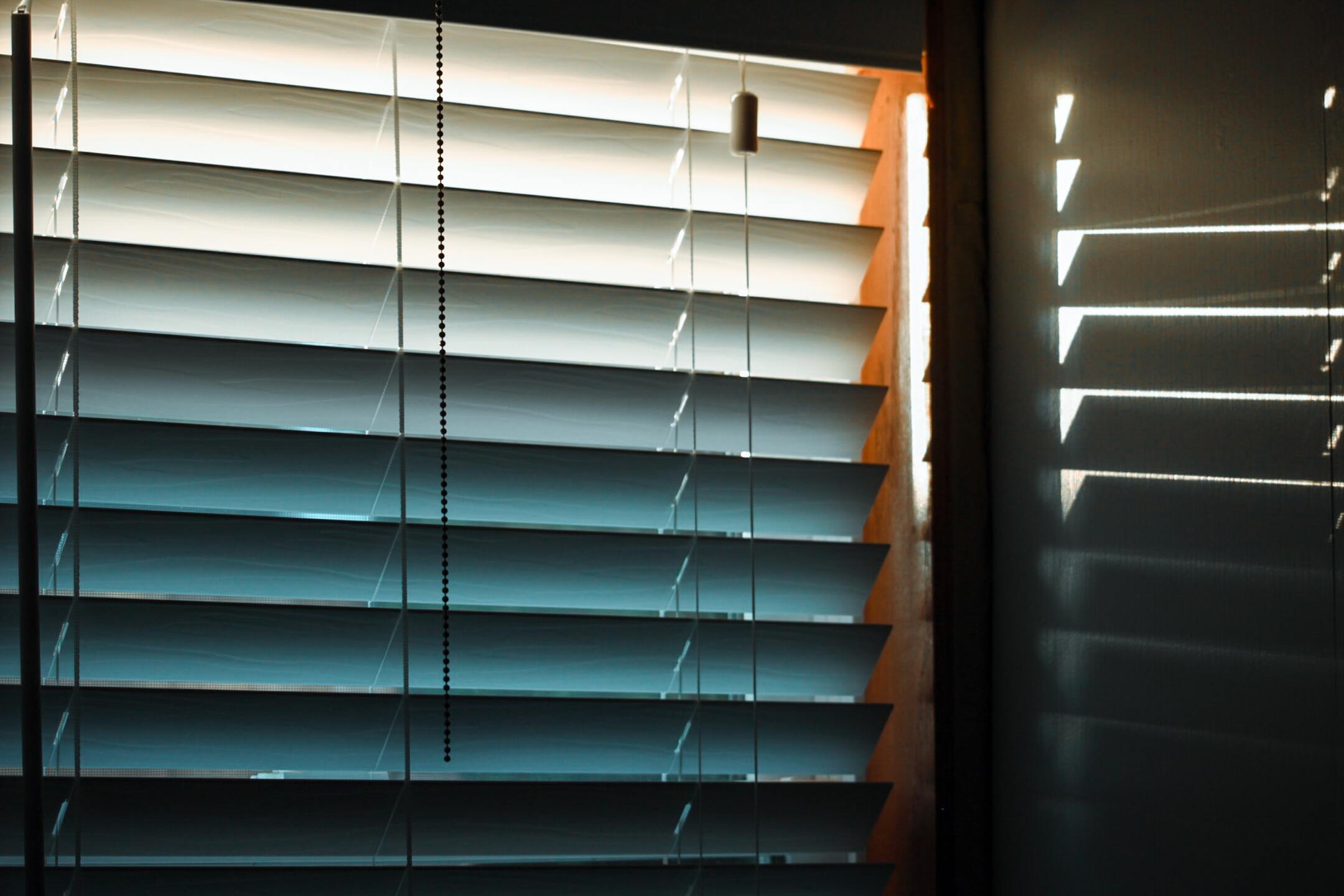
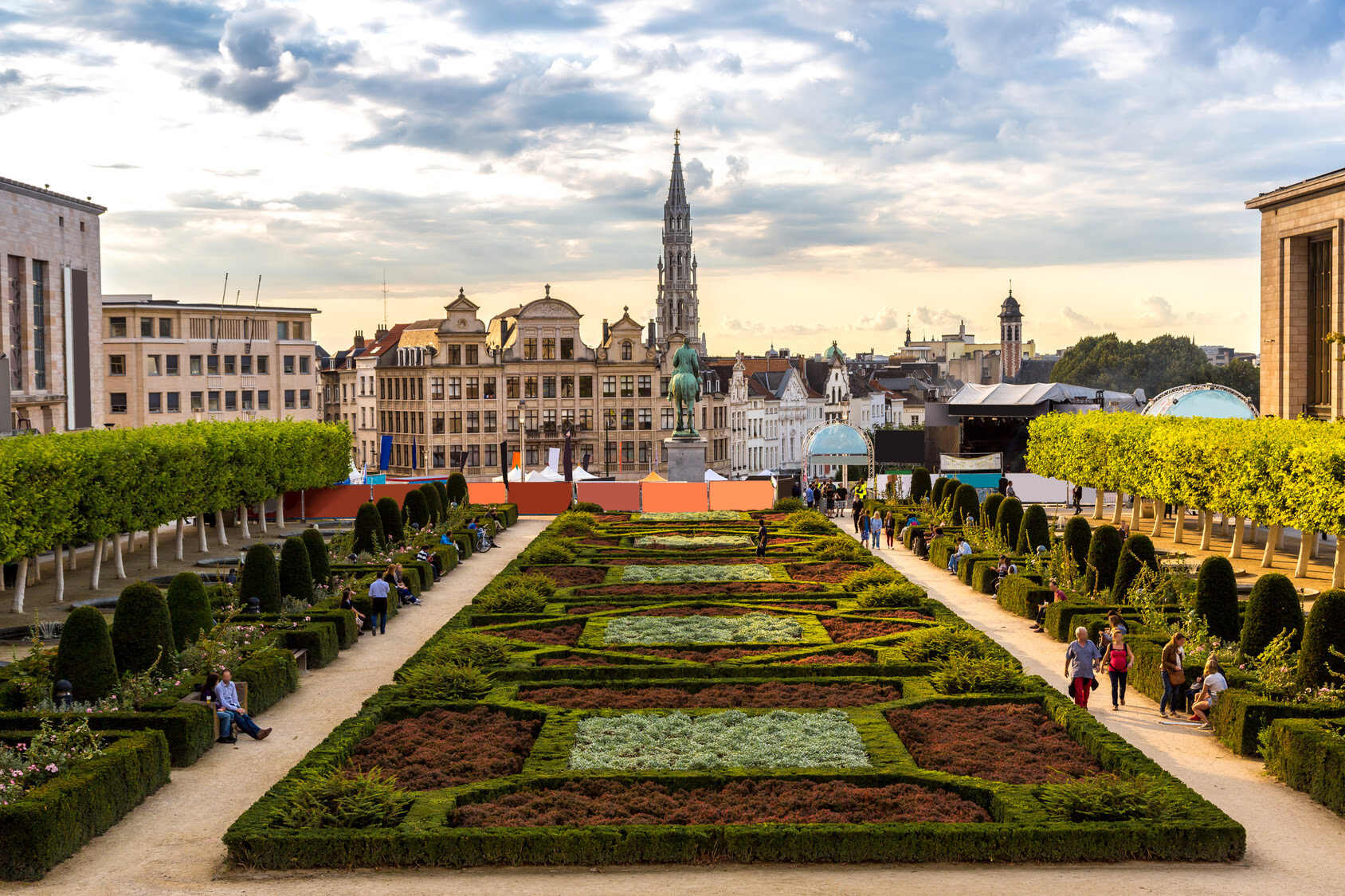

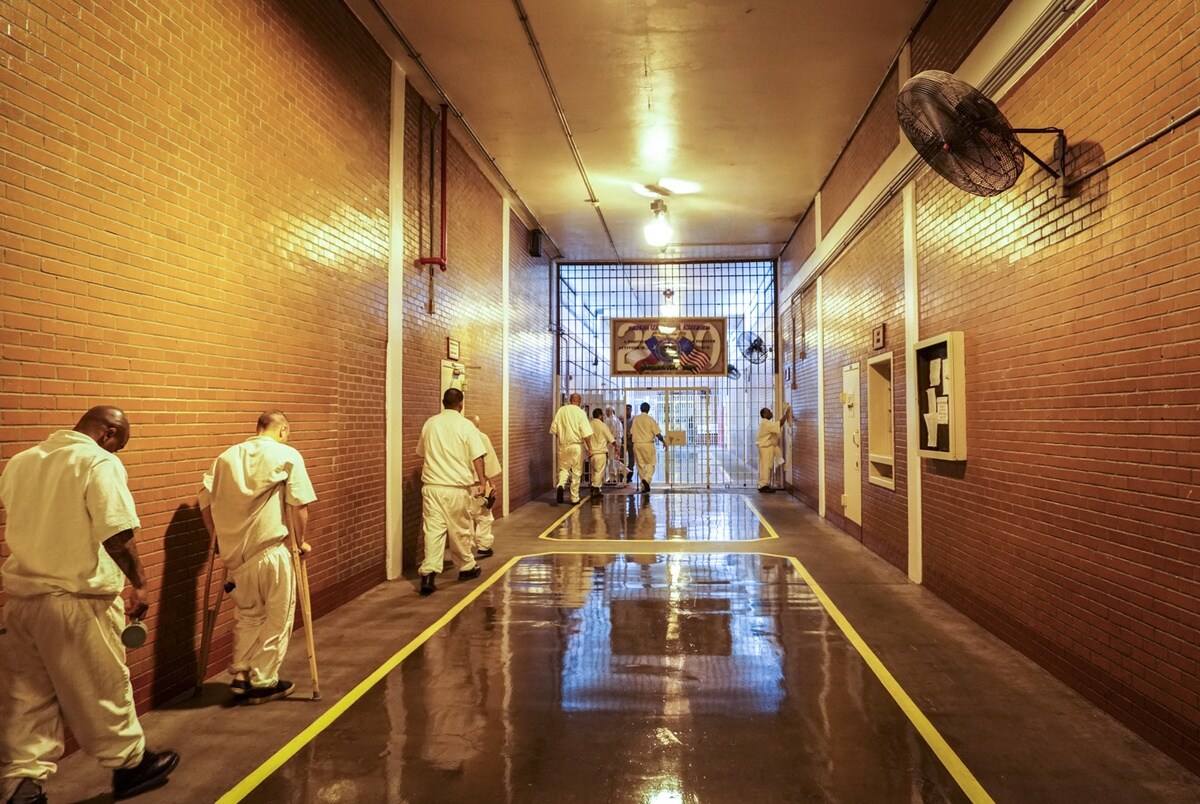


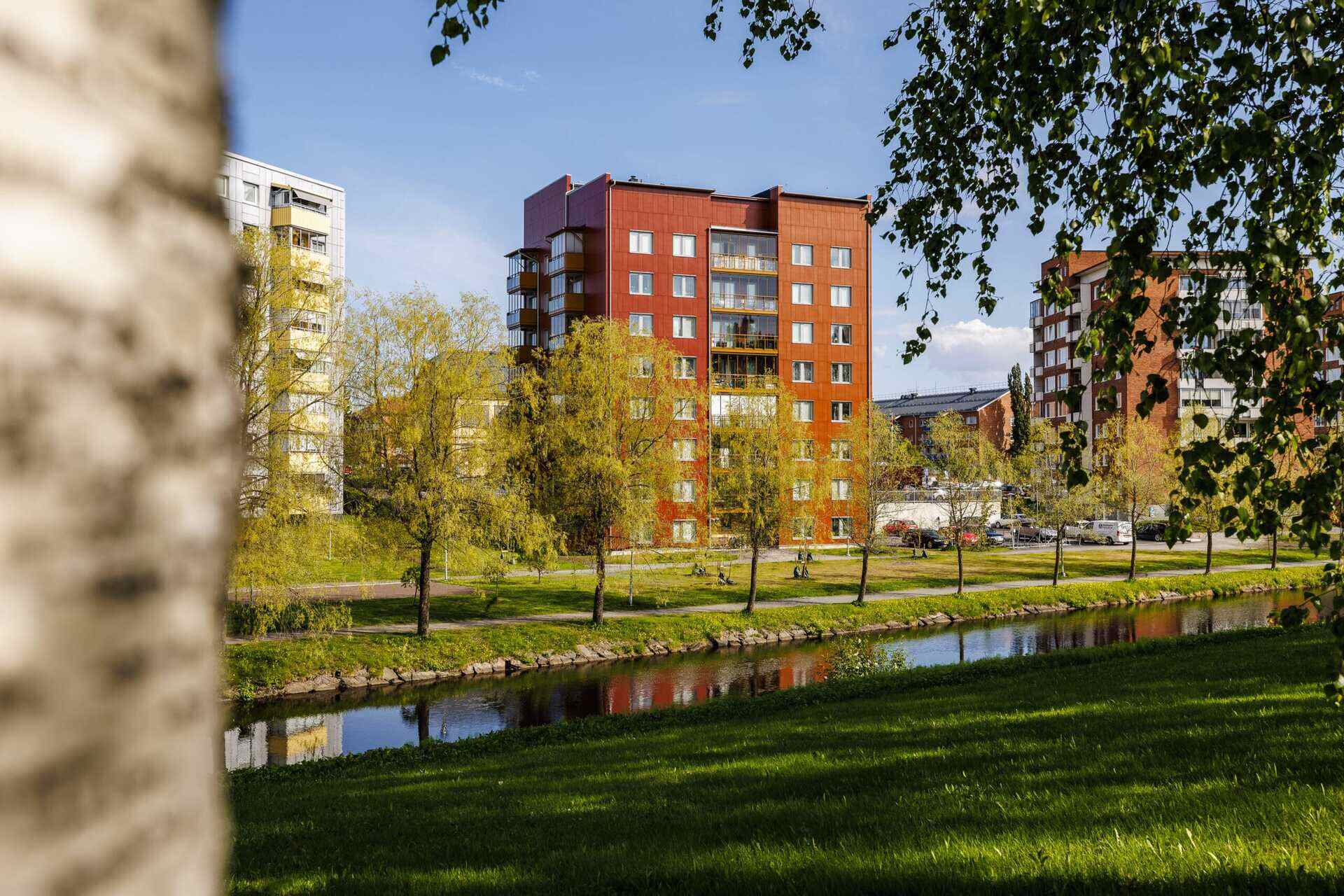
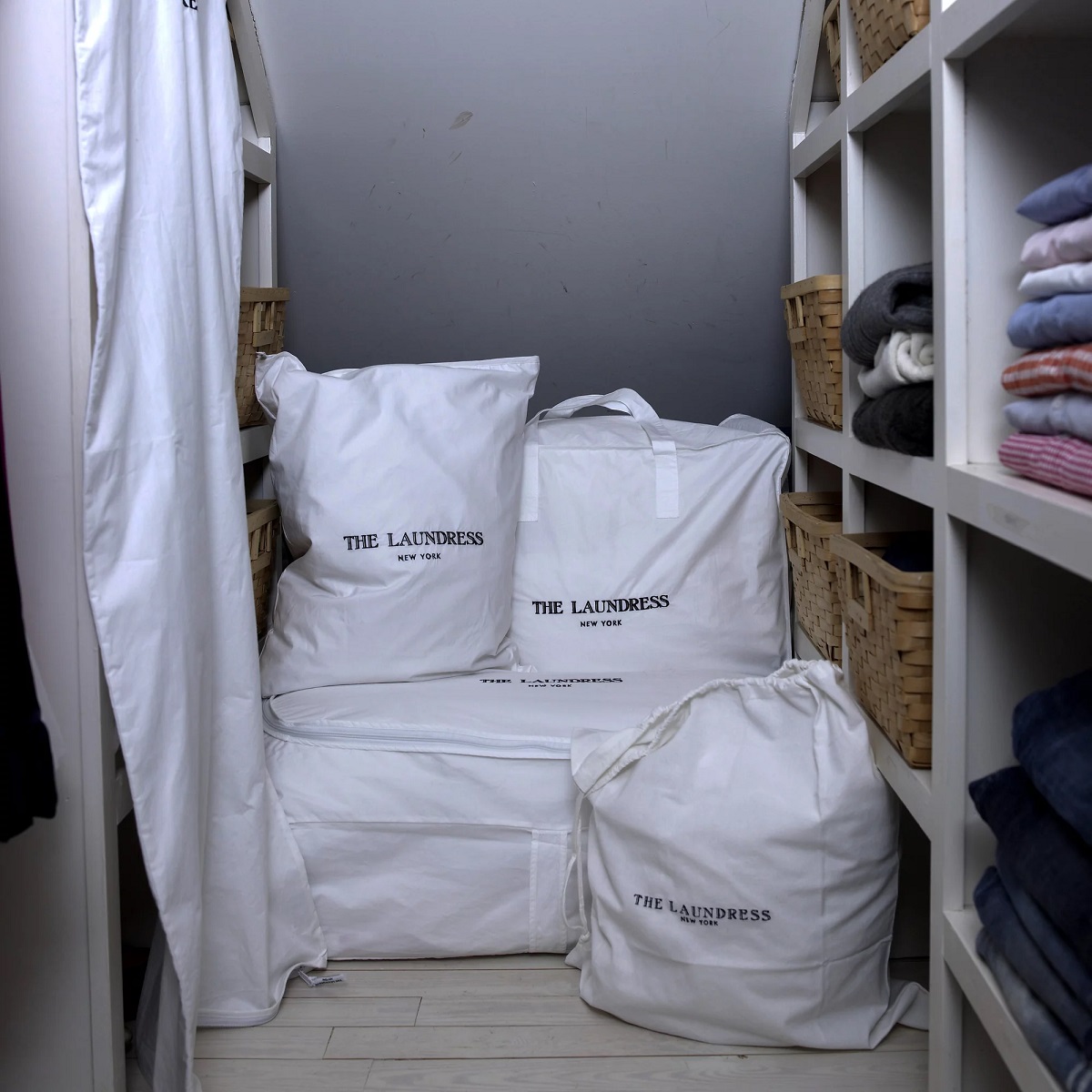
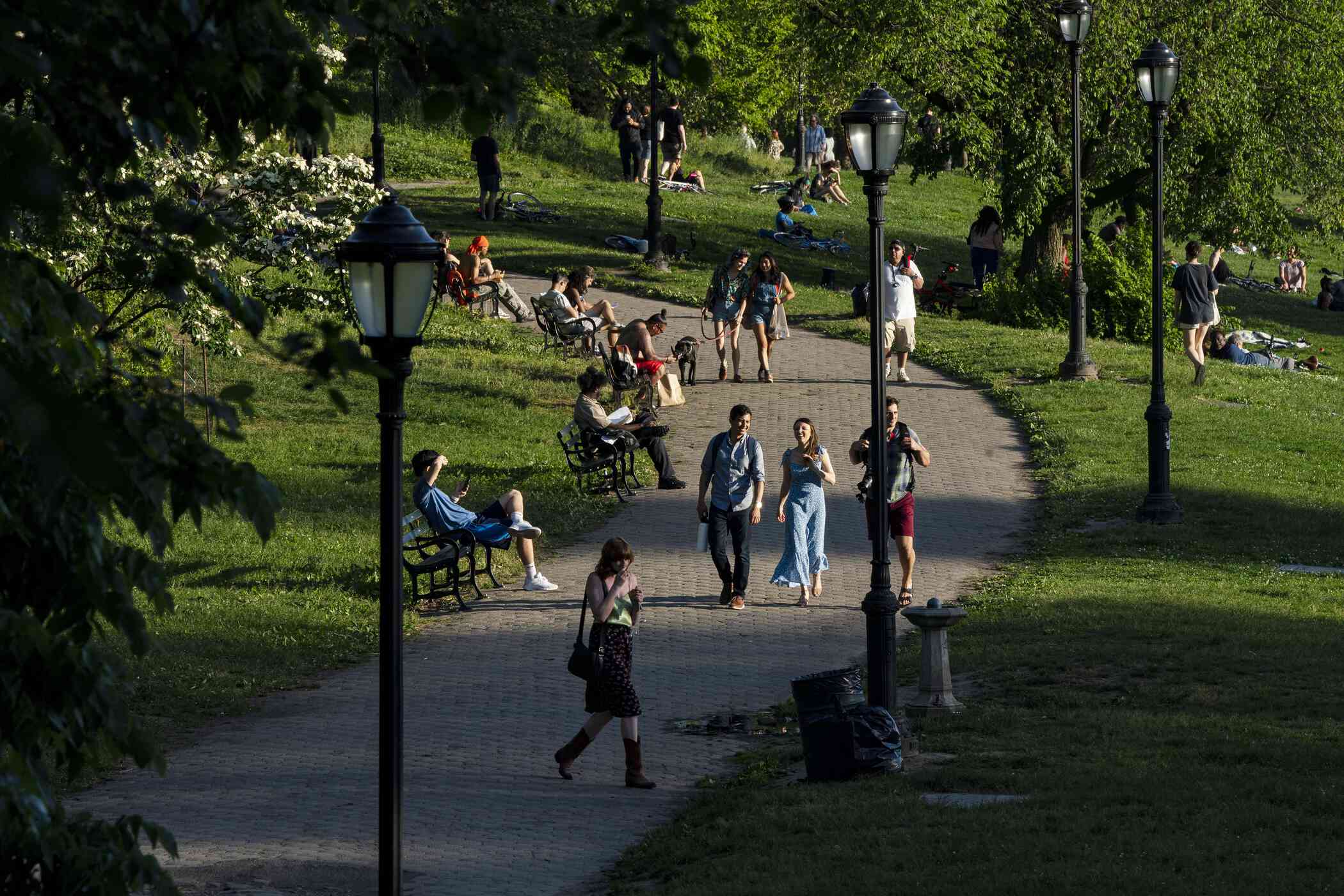




0 thoughts on “Which London Skyscrapers Have Green Space”